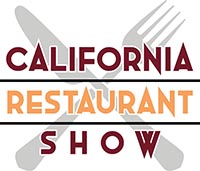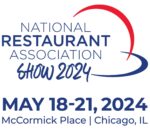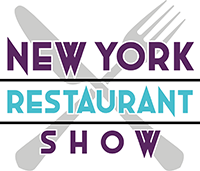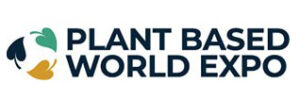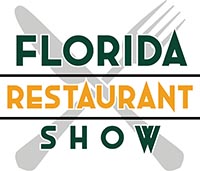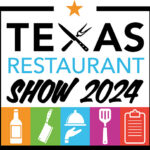How to adjust your business operations to remain profitable as labor costs go up
By David Scott Peters, TheRestaurantExpert.com
Let me start off by saying this is not a political soapbox article. I don’t care what side of the political fence you live on; my goal is to teach you the one thing you need to learn to survive the minimum wage increases that are gaining momentum across the U.S., from San Francisco to Washington, D.C.
Many caterers think the solution to this increase in labor costs is to cut labor. Apples to apples, right? Wrong! There are not enough labor controls any caterer can put into place to limit the impact of increasing minimum wages on the business. The solution has to run across all aspects of the business. In short, you need to understand, calculate and then attack your prime cost.
What is prime cost? Prime cost is your total cost of goods sold, which includes food, beverage, draft beer, bottle beer, wine and liquor costs, plus your total labor cost, to include taxes, benefits and insurance. For old-timers like me, this used to be referred to as our controllable expenses. I break it down to food, beverage and labor costs.
It’s been my experience that most independent caterers are running at least 10 points above a healthy prime cost. In most cases, if changes aren’t made, you are going to be taking profits right out of your own pockets to meet the minimum wage hikes, or you’re going to be closing your doors.
Consider this question: Wouldn’t you rather make changes to your operation than give away your profits or, worse, have to close your catering company?
If you answer “yes” to this question, the next step is to figure out your current prime cost and identify how many points you have to cut to hit a target that is right for your style of catering company.
To figure out your prime cost, a caterer has to start with a budget template for the next 12 months of operation. Although “budget” is a dreaded word, the budgeting process is really quite simple:
1. Start with gathering some important information, such as gross sales, cost of goods sold (COGS), labor by position and all operating expenses for the past 12 months.
2. Next, determine if you are expecting sales to go up, go down or remain the same for the next 12 months.
3. Split your gross sales up by sales category, and determine what your COGS percentage is by sales category.
4. Split labor up by position by labor cost percentage for hourly employees and dollar amount for salaried positions.
5. When building your budget template, for all variable expenses—those expenses that go up and down with sales, like hourly staff wages—multiply the annual percentage of sales by the sales forecast each month. For all of your fixed expenses—those expenses that stay the same each month, like management salaries—take the annual total expense divided by 12 for a monthly accounting cycle, or 13 for a 13-period accounting cycle, and use that number each month going forward.
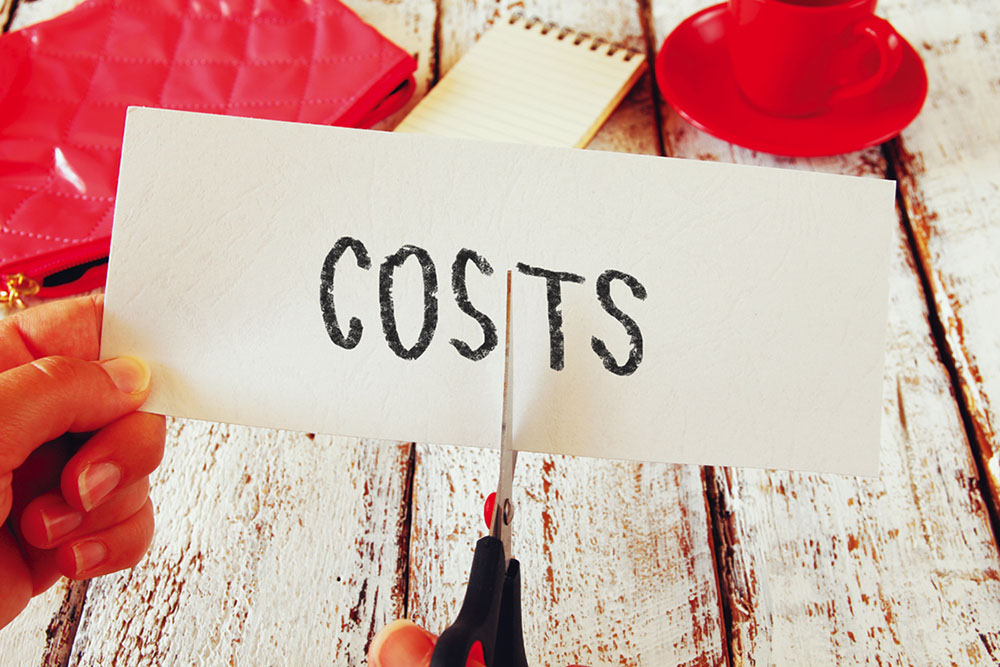
Once your budget template is finished, and you identify your prime cost, what should it be? The industry benchmark for restaurant prime cost has been an average of 65 percent. However, our margins have been shrinking with higher food costs and increased administrative costs, such as health care and insurance. Plus, I have never believed in being average, so I have been driving caterers that do at least $850,000 a year in gross sales to a prime cost target of 55 percent or lower. This means for a caterer doing $1,000,000 a year in gross sales running at a 65 percent prime cost, I am saying with the right systems in place there is room to lower the prime cost by 10 points, netting owners $100,000 bottom-line profitability. What you are going to find is that you will have to start attacking your cost of goods sold to offset the rising labor costs.
After reading through this, you might be feeling a little pessimistic and be looking for some sand where you can bury your head. Although I want to give you a wake-up call, it is my intention to also provide you with hope and motivation. If you take a proactive approach and attack your prime cost, especially if you can get ahead of increasing minimum wages, you will get through this, and you will come out a cleaner, meaner, fighting caterer.
About the Author
David Scott Peters is a restaurant expert, speaker, coach and trainer for independent restaurant owners. He is the developer of SMART Systems Pro, an online restaurant management software program helping the independent restaurant owner remain competitive and profitable in an industry boxed in by the big-chain restaurants. Download a free report to discover the number-one secret to lowering food and labor costs. Learn more about how he can help you at www.TheRestaurantExpert.com.



